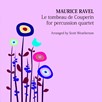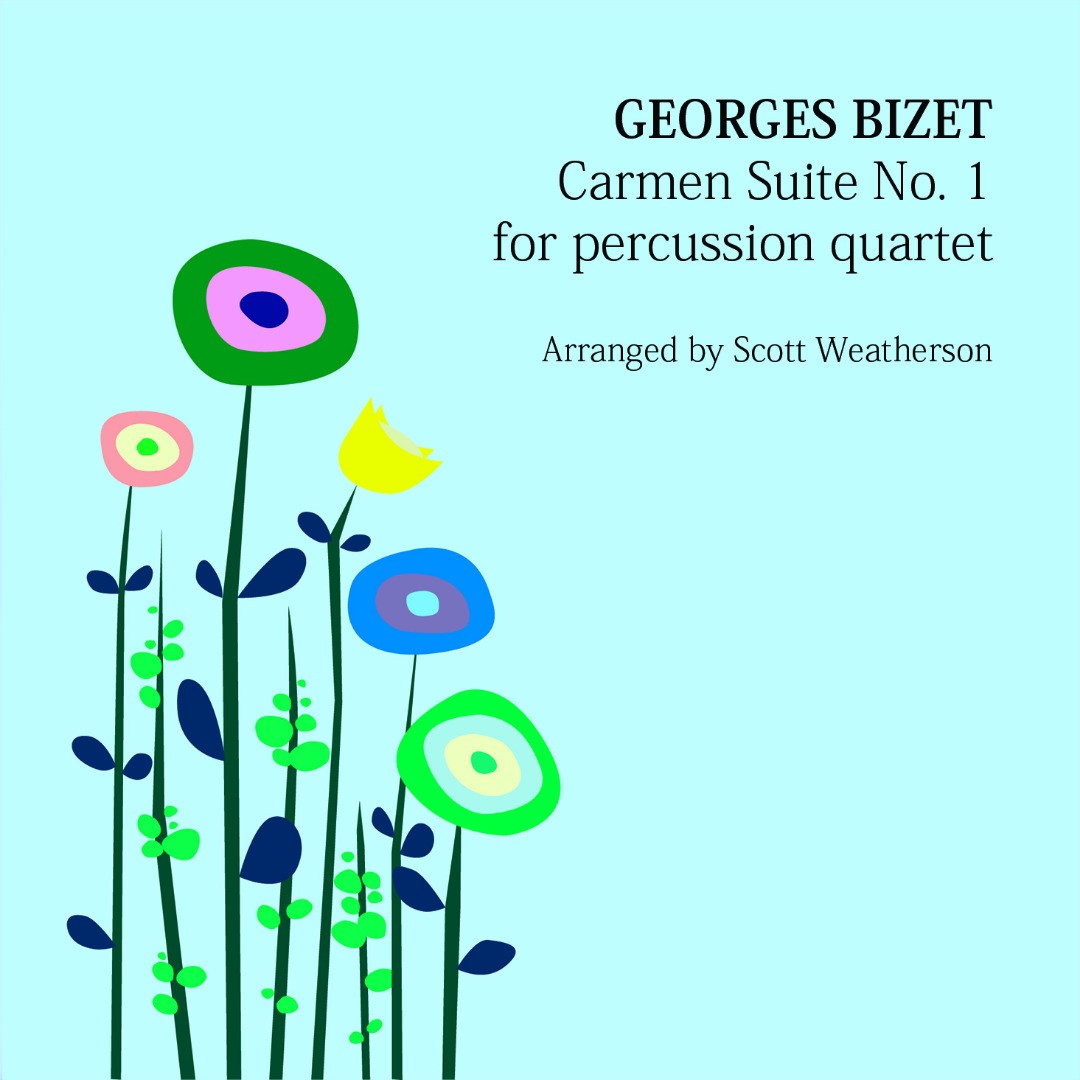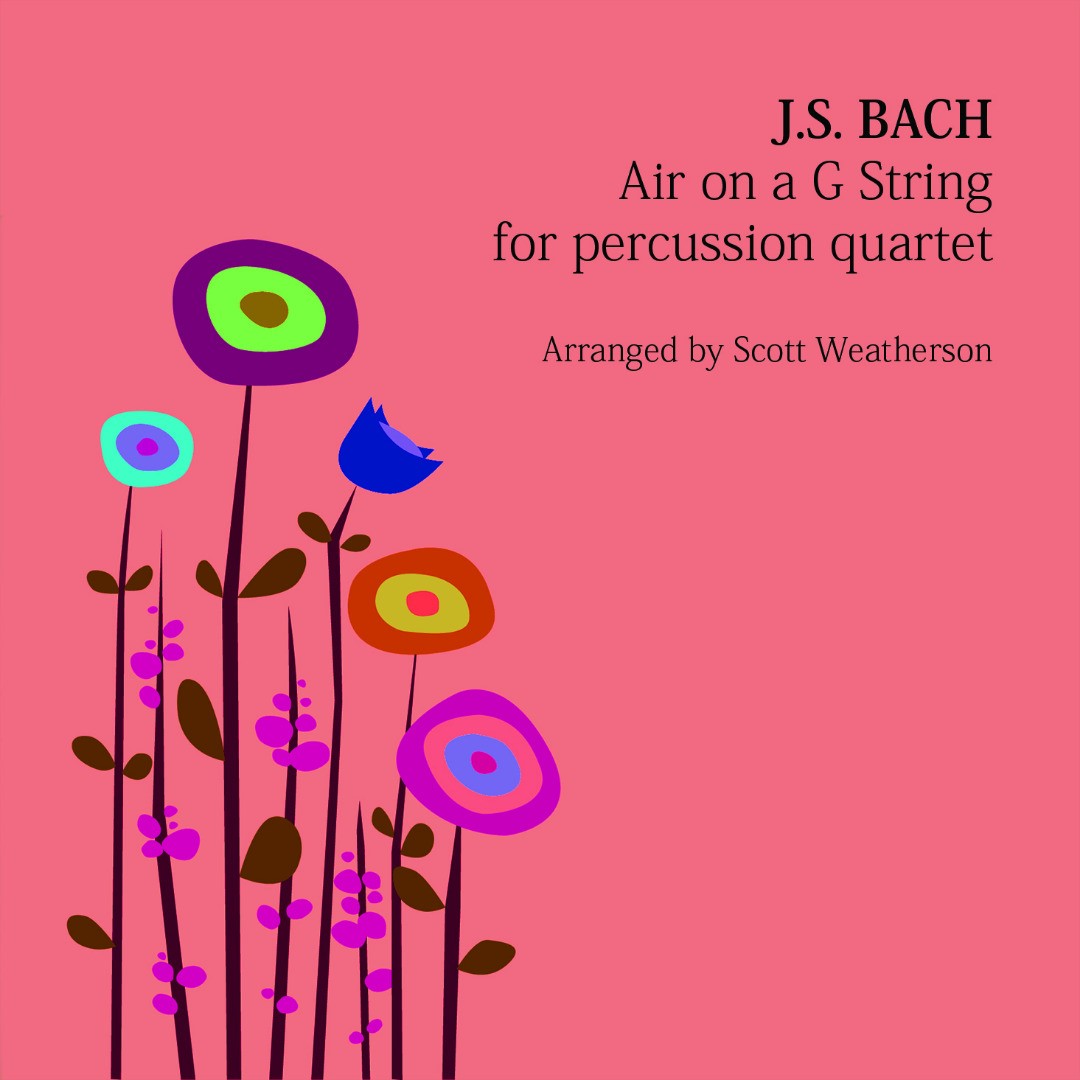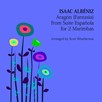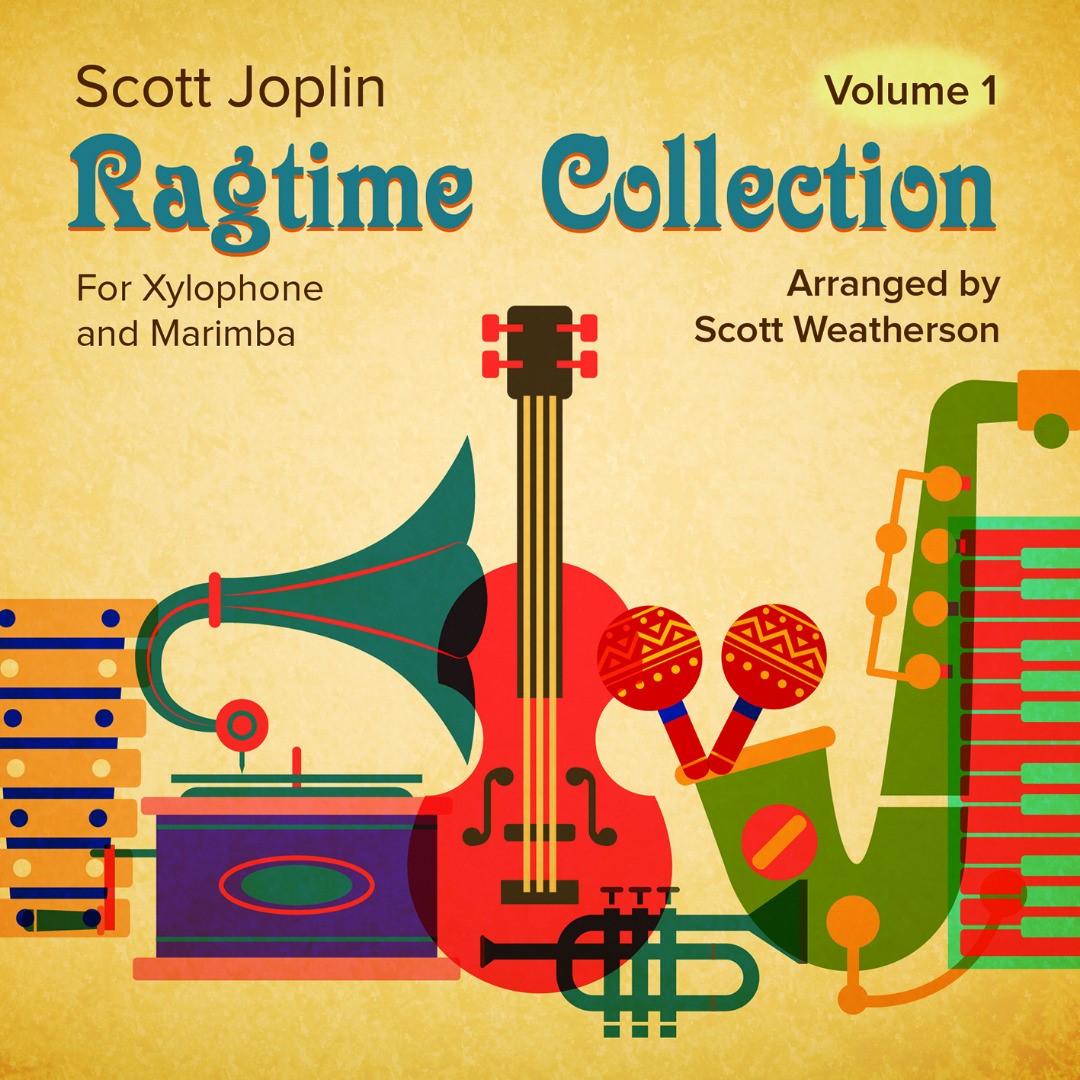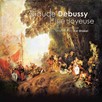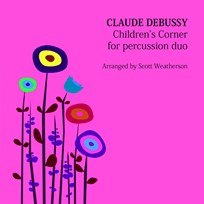
Childrens Corner
Composer: Claude Debussy
Instrument: Percussion Duo
Level: Advanced
Published: 2014
Price: €30.00
Item details
-
Description +
-
Arranged by Scott Weatherson
Duration: 13 min.
Children's Corner (L. 113) by Claude Debussy, published in 1908, is one of the composers most well known works for solo piano. The work was dedicated to Debussy's daughter, Claude-Emma and all of the movements in this six movement suite (as well as the piece itself) are titled in English. This is thought to be influenced by Claude-Emma's English governess.
All of the movements in this piece are programmatic in nature, the title referring not to pieces for children to perform, but rather evoking ideas and musical imagery of childhood and children's toys. Debussy also included musical quotes and references and in some movements, most notably to the piano studies of Clementi in Doctor Gradus ad Parnassum and to Wagner in Golliwogg's Cakewalk.
This arrangement is for vibraphone and 5-octave marimba. While the vibraphone's sustain pedal is well suited to sustained melodic or arpeggiated lines from the piano original, and the bass range of the 5 octave marimba well suited to the lower register of the piano, this arrangement utilizes the different timbres of each instrument to share the thematic and melodic material between each instrument.
-
-
Instrumentation +
-
Percussion Duo
Required Instruments:
1 Vibraphone
1 Marimba (5 octave marimba)
-
-
Watch+
-
About the composer +
-
Claude-Achille Debussy (22 August 1862 – 25 March 1918) was a French composer. Along with Maurice Ravel, he was one of the most prominent figures associated with Impressionist music, though he himself disliked the term when applied to his compositions. He was made Chevalier of the Legion of Honour in his native France in 1903. Debussy was among the most influential composers of the late 19th and early 20th centuries, and his use of non-traditional scales and chromaticism influenced many composers who followed.
Debussy's music is noted for its sensory content and frequent usage of nontraditional tonalities. The prominent French literary style of his period was known as Symbolism, and this movement directly inspired Debussy both as a composer and as an active cultural participant.
-
-
Reviews +
-
Review (Percussive Notes, June 2020)
This highly effective arrangement translates Debussy’s flowing work into an athletic tour de force for keyboard percussion duo. As with Debussy’s original work, there is much room for expression and musicality. Some of the faster piano- based figuration is not idiomatic for keyboard percussion; Scott Weatherson has done a good job at distributing material in a manner that allows for successful performance.
Weatherson has avoided common percussion-specific elements: pedal markings, stickings, etc. In many ways, this often looks like the original piano part. Performers will appreciate the editorial decisions the arranger has made. Adjustments are made to chord voicings to allow reasonable performance on keyboard percussion instruments.
This arrangement is not for the faint-of-heart. Any single movement is likely to work well for serious percussionists, but the sheer amount of material in this piece would provide significant challenge to any duo. One or two movements would work well for a collegiate degree recital or a chamber music competition. As with most great music, the journey is absolutely worth it.
—Jamie Wind Whitmarsh
-
-
Credits +
-
Front Cover Graphics and Layout: Ronni Kot Wenzell
Engraving: Scott Weatherson & CPH Engraving
Printed in Copenhagen, Denmark
Copyright © Edition Svitzer
www.editionsvitzer.com
-

